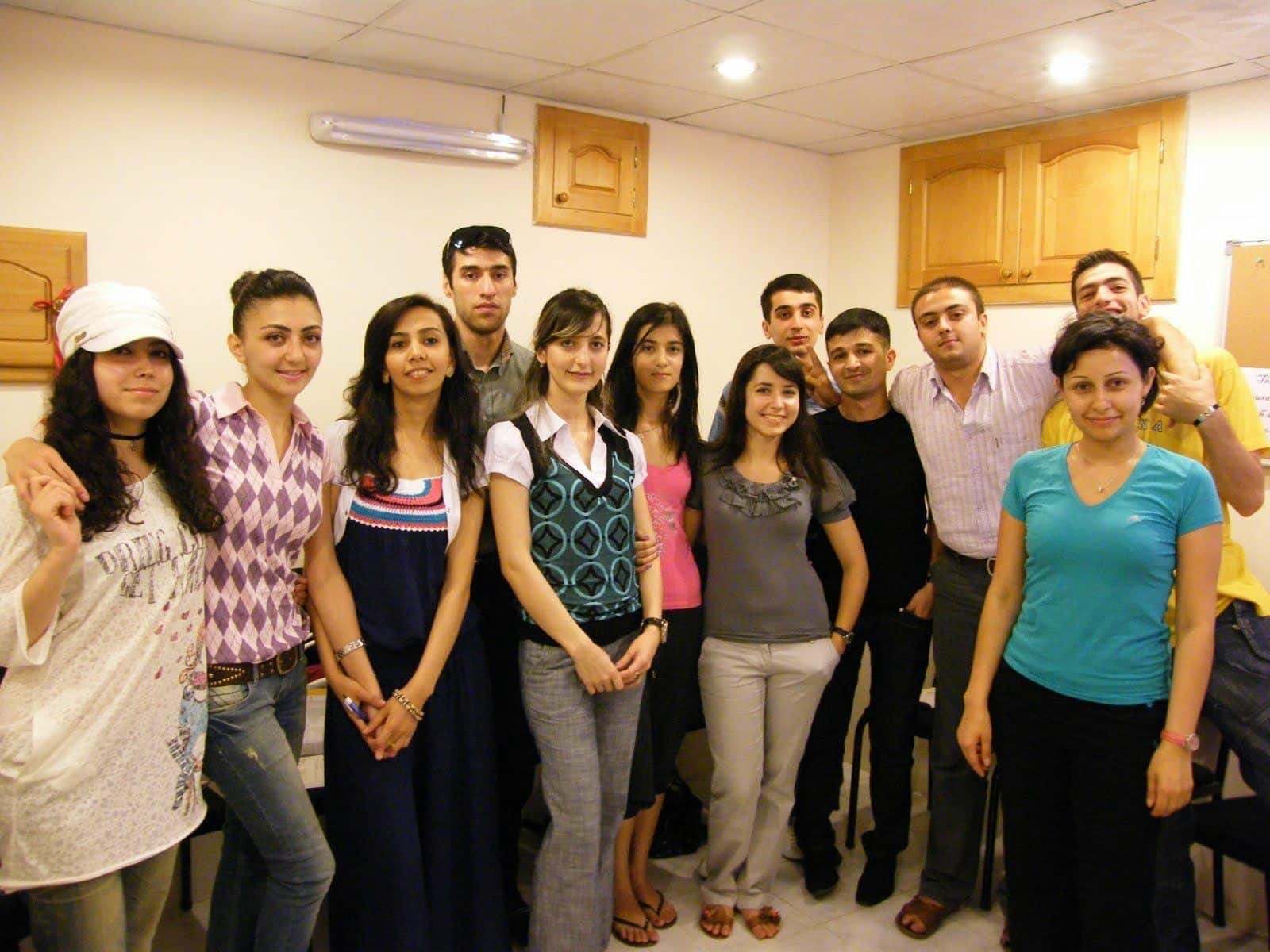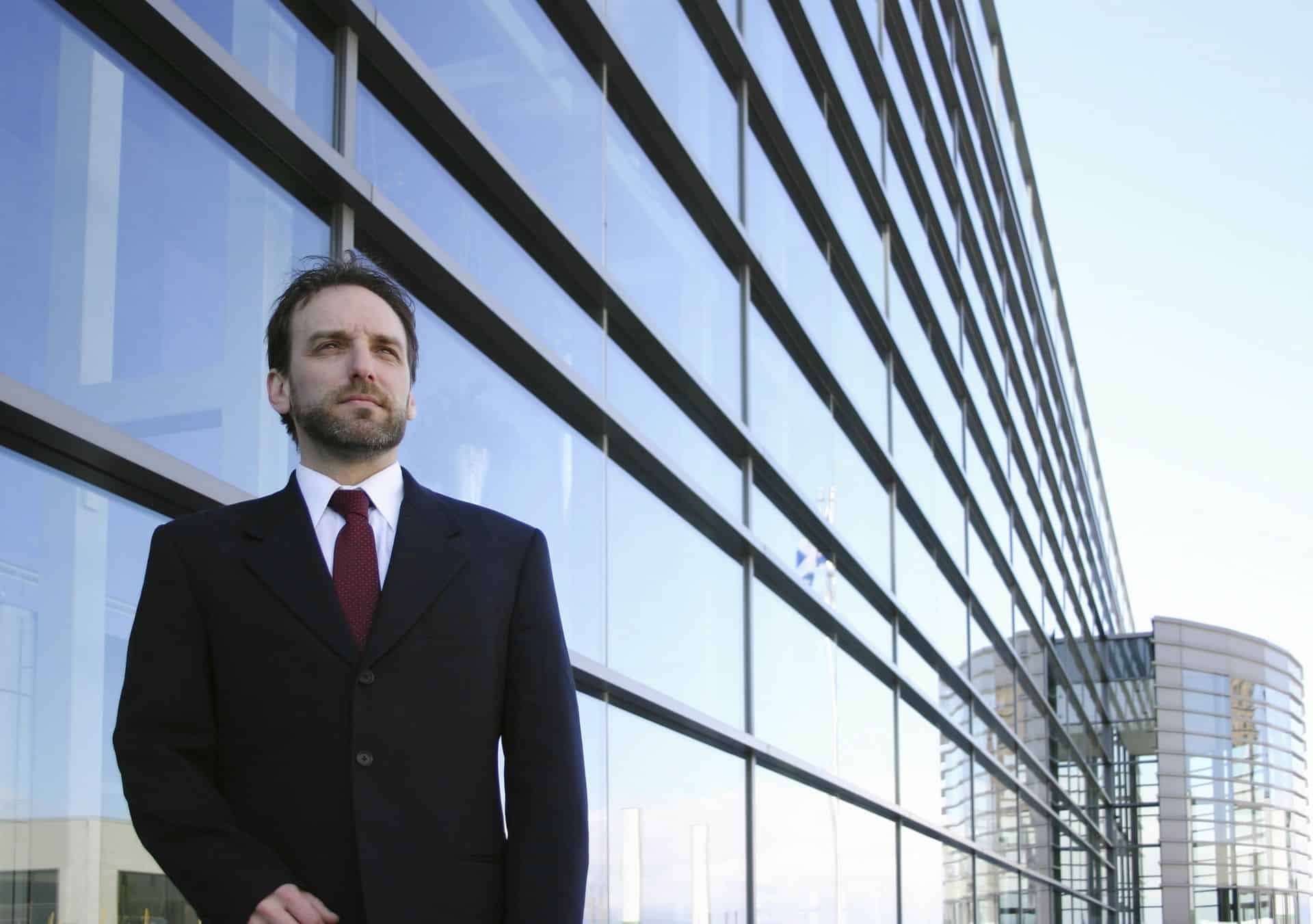 General
General
Transformations Beneath the Waves: A Decade in Subsea Inspection
Over the past decade, I’ve witnessed a breathtaking transformation in the subsea inspection industry, largely driven by technological advancements. When I first entered this field, remote-operated vehicles (ROVs) were the primary tools for underwater surveys, taking weeks to complete tasks that have now been streamlined. Today, with the evolution of technology, we have embraced a new age of automation and sophisticated data collection methods. Drones, equipped with cutting-edge sensors, now perform inspections with an efficiency that was once unimaginable.
This leap in technology has not only revolutionized how we conduct inspections but also reshaped the dynamics of our daily work. For example, the integration of artificial intelligence allows for instantaneous data analysis, converting vast amounts of underwater footage into actionable insights in the blink of an eye. Personally, I’ve found this surge in efficiency to be incredibly gratifying—a refreshing change that has alleviated us from numerous tedious manual tasks.
Enhanced Safety Protocols
Safety in the subsea environment has always been a crucial aspect of our operations, and this past decade has marked significant progress in the development of safety protocols. Reflecting on my early experiences, I remember those extensive safety drills that often seemed like just another task to check off a list. However, as technology evolved, so too did the equipment and protocols designed to safeguard us underwater.
Modern safety measures now incorporate wearable technology and real-time monitoring systems that keep tabs on both environmental conditions and personnel safety. These innovations have made a world of difference in mitigating risks. For instance, I vividly recall a challenging project where our team had to navigate a particularly complex underwater terrain. Our new monitoring systems provided us with immediate updates on shifting conditions, enabling us to adapt our plans quickly and safely. The sense of camaraderie that flourished during these moments deepened my appreciation for the critical nature of safety protocols in our line of work.
Sustainability Takes Center Stage
One of the most gratifying changes in the industry has been the increased emphasis on sustainability. Throughout the past decade, many organizations have made a conscious shift toward eco-friendly practices, recognizing the delicate nature of underwater ecosystems. This change has not only altered our approach to subsea inspections but has also reshaped our perspectives as professionals.
For example, while past inspections often risked disturbing marine life, our new methodologies aim to prioritize ecosystem preservation. I take pride in participating in initiatives focused on integrating biodiversity monitoring into our routine inspections. By collaborating with marine biologists, we have refined our approach to ensure we positively impact the underwater environment. This collaboration enriches our work and reinforces our responsibility in protecting the ocean’s intricate ecosystems.
The Rise of Remote Inspections
As we’ve navigated the hurdles of recent years, the subsea inspection industry has experienced a notable rise in remote inspections, particularly accelerated by global disruptions like the pandemic. Adapting to change is vital, a lesson I learned firsthand when we had to pivot our operations to meet new distance and safety regulations.
The use of underwater drones has enabled us to conduct inspections with minimal human presence, making the process both safer and more efficient. I distinctly remember a project where remote inspections replaced our traditional on-site involvement. Watching the data stream live from the ocean floor while seated comfortably on the surface completely transformed my perspective on conventional inspection methods.
Collaborative Approaches to Innovation
Lastly, the subsea inspection industry has thrived thanks to collaboration among professionals, companies, and academic institutions. By sharing insights and innovations, I have seen how collective knowledge can drive our advancements. One unforgettable project involved teaming up with a local university focused on developing advanced sensors for undersea data collection. This partnership not only enhanced our techniques but also sparked the interest of aspiring engineers eager to participate in subsea technology.
The engaging discussions, collaborative workshops, and joint projects fostered a sense of unity and community among us specialists. It’s truly inspiring to be part of an industry where idea-sharing fuels innovation, continuously expanding the boundaries of what we thought possible beneath the waves. We constantly strive to offer a complete educational journey. Access this carefully selected external website to discover additional information about the subject, https://ven-techsubsea.ca!
Would you like to explore other viewpoints on this subject? See the external links we’ve compiled to enrich your research:






































